
The Reagan RevolutionPolitical and Cultural FusionsA New World OrderBill Clinton and the New Economy
- Subject:
- Social Science
- Material Type:
- Module
- Author:
- OpenStax College
- Date Added:
- 07/18/2021

The Reagan RevolutionPolitical and Cultural FusionsA New World OrderBill Clinton and the New Economy

By the end of this section, you will be able to:Discuss the culture wars and political conflicts of the Reagan eraDescribe the Religious Right’s response to the issues of the Reagan era

By the end of this section, you will be able to:Explain Ronald Reagan’s attitude towards governmentDiscuss the Reagan administration’s economic policies and their effects on the nation

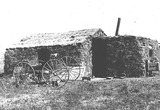
By the end of this section, you will be able to:Identify the challenges that farmers faced as they settled west of the Mississippi RiverDescribe the unique experiences of women who participated in westward migration

The Westward SpiritHomesteading: Dreams and RealitiesMaking a Living in Gold and CattleThe Loss of American Indian Life and CultureThe Impact of Expansion on Chinese Immigrants and Hispanic Citizens
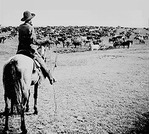
By the end of this section, you will be able to:Identify the major discoveries and developments in western gold, silver, and copper mining in the mid-nineteenth centuryExplain why the cattle industry was paramount to the development of the West and how it became the catalyst for violent range wars
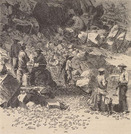
By the end of this section, you will be able to:Describe the treatment of Chinese immigrants and Hispanic citizens during the westward expansion of the nineteenth century

By the end of this section, you will be able to:Describe the methods that the U.S. government used to address the “Indian threat” during the settlement of the WestExplain the process of “Americanization” as it applied to Indians in the nineteenth century
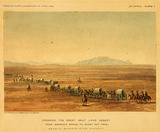
By the end of this section, you will be able to:Explain the evolution of American views about westward migration in the mid-nineteenth centuryAnalyze the ways in which the federal government facilitated Americans’ westward migration in the mid-nineteenth century

By the end of this section, you will be able to:Describe the competing visions of the Federalists and the Democratic-RepublicansIdentify the protections granted to citizens under the Bill of RightsExplain Alexander Hamilton’s financial programs as secretary of the treasury
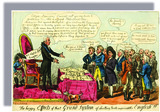
Competing Visions: Federalists and Democratic-RepublicansThe New American RepublicPartisan PoliticsThe United States Goes Back to War

By the end of this section, you will be able to:Identify key examples of partisan wrangling between the Federalists and Democratic-RepublicansDescribe how foreign relations affected American politicsAssess the importance of the Louisiana Purchase
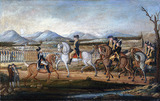
By the end of this section, you will be able to:Identify the major foreign and domestic uprisings of the early 1790sExplain the effect of these uprisings on the political system of the United States

By the end of this section, you will be able to:Describe the causes and consequences of the War of 1812Identify the important events of the War of 1812 and explain their significance

By the end of this section, you will be able to:Discuss the status of Great Britain’s North American colonies in the years directly following the French and Indian WarDescribe the size and scope of the British debt at the end of the French and Indian WarExplain how the British Parliament responded to the debt crisisOutline the purpose of the Proclamation Line, the Sugar Act, and the Currency Act
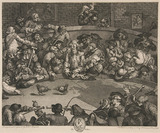
By the end of this section, you will be able to:Describe the state of affairs between the colonies and the home government in 1774Explain the purpose and results of the First Continental Congress
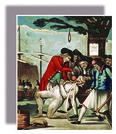
Confronting the National Debt: The Aftermath of the French and Indian WarThe Stamp Act and the Sons and Daughters of LibertyThe Townshend Acts and Colonial ProtestThe Destruction of the Tea and the Coercive ActsDisaffection: The First Continental Congress and American Identity

By the end of this section, you will be able to:Describe the socio-political environment in the colonies in the early 1770sExplain the purpose of the Tea Act of 1773 and discuss colonial reactions to itIdentify and describe the Coercive Acts

By the end of this section, you will be able to:Explain the purpose of the 1765 Stamp ActDescribe the colonial responses to the Stamp Act